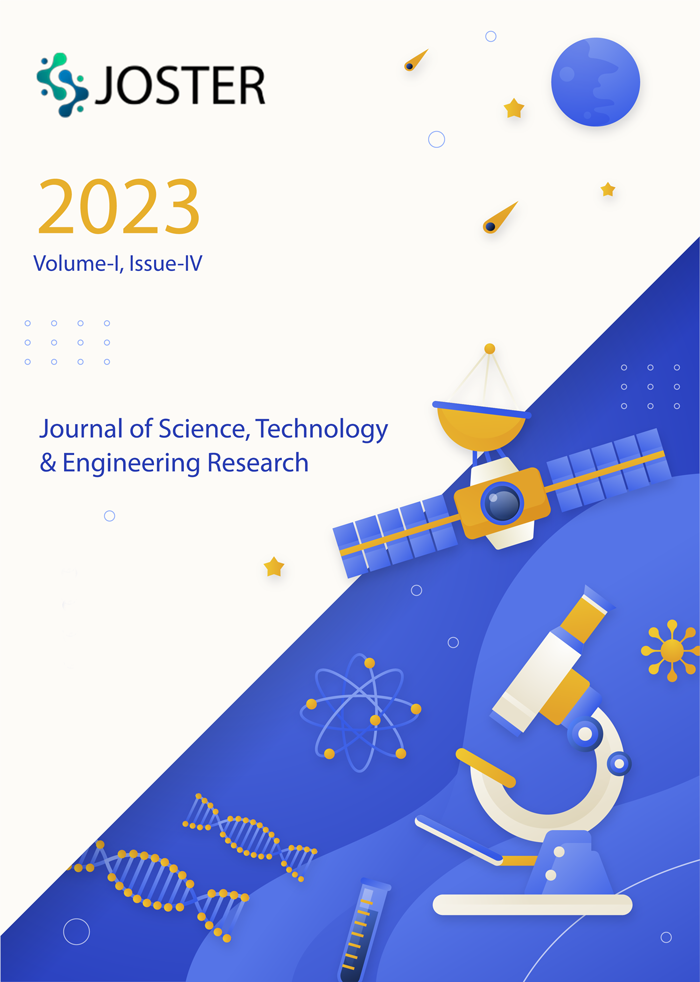A Comprehensive Frameworks for Fraud Crime Detection and Security: Leveraging Neural Networks and AI
Keywords:
Fraud detection, Neural networks, artificial intelligence, deep learning, anomaly detection, cybersecurity, supervised learning, unsupervised learning, feature engineering, real-time analyticsAbstract
The exponential growth of digital transactions and the ubiquity of interconnected systems have amplified the prevalence and sophistication of fraudulent activities, necessitating the development of robust, intelligent security frameworks. This research presents a comprehensive framework for fraud crime detection and security by leveraging the capabilities of advanced neural networks and artificial intelligence (AI) methodologies. The proposed framework integrates deep learning architectures—including convolutional neural networks (CNNs), recurrent neural networks (RNNs), and graph neural networks (GNNs)—with ensemble learning techniques and anomaly detection models to facilitate the identification, classification, and prediction of complex fraudulent patterns in heterogeneous datasets. Emphasis is placed on the utilization of feature engineering, real-time data stream processing, and adversarial resilience to enhance the detection accuracy and reduce false positives in high-dimensional, dynamic environments. Furthermore, this paper investigates the synergy between supervised and unsupervised learning paradigms in improving the adaptability of fraud detection systems. Empirical evaluations on benchmark datasets and real-world case studies validate the framework’s efficacy in mitigating diverse forms of fraud across financial, e-commerce, and cybersecurity domains. The study also addresses ethical implications, model interpretability, and deployment challenges associated with AI-driven security infrastructures. This work contributes to the ongoing advancement of intelligent, scalable, and explainable systems for proactive fraud crime mitigation.
Downloads
Published
Issue
Section
License
Copyright (c) 2025 Journal of Science, Technology and Engineering Research

This work is licensed under a Creative Commons Attribution 4.0 International License.

